CONCEPT
When we first got the project brief, I knew immediately what art style/direction I wanted to take. We were given a lot of freedom for this assignment, so I wanted to create something that was haphazard and kistchy and colourful (like many of the things I find myself coveting in the many dubious parts of the internet.)
In particular I really like the style of popular internet series Don’t Hug Me I’m Scared, essentially a “parody of children’s television shows by ironically juxtaposing puppetry and musical numbers against psychedelic content and disturbing imagery”. I liked the signature use of brightly coloured, evidently handmade puppets and props (that only enhance how twisted it eventually gets)
Even so, I didn’t really know where I was going with this style, or how it could be used to bring out an idea. I had initially wanted to address the concept of art and how something ‘qualifies’ as art, particularly in relation to craft and how it’s considered a lesser or domestic art form (if an art form at all). While doing research for this topic I chanced across the craftivism movement, which uses craft as a form of activism to draw attention to issues such as feminism and environmentalism. This really intrigued me and prompted me to start thinking about the role of craft – how it is used and what it does, often taken for granted (even by me, although I worship at the altar of Pinterest craft projects) because it’s already so culturally ingrained. Because this zine was intended to be a portfolio of sorts, I decided to examine the different forms of craft and how they have served different functions in my life up till now.
PROCESS: LAYOUT/CONTENT
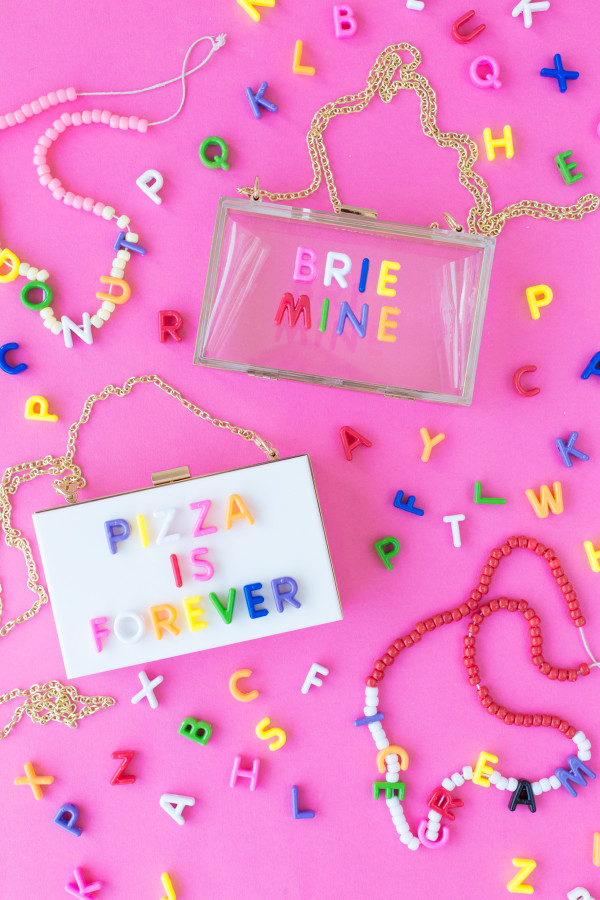

I knew that I wanted to display the craft projects in a way that wasn’t just a photo and a caption. As every millennial would know, the flat lay is a quintessential part of Instagram (and magazine) culture, but it’s also very common in online DIY tutorials/blogposts. I photographed the objects against white mahjong paper and edited the background in in photoshop to get the flat lay look.
PROCESS: PAPERMAKING
Keeping with the theme, I wanted to make my own paper for the zine cover as a subtle way to incorporate craft into the zine.

#4 Hot glue and/or duct tape some mesh to a wooded frame to create a low budget ‘craftier’ alternative to a mold and deckle

#7 Embellish and leave out to dry (this takes a really long time, up to 48 hours for it to dry fully). Once it’s dry, brush with a coat of white glue to prevent confetti from shedding everywhere. Press flat.
PROCESS: PRINTING AND CONSTRUCTING
I wanted the zine to open into one long flatlay, so the accordion bind was the best option. The challenge with accordion binding was getting the alignment right so that the pages would flow seamlessly when opened. To help with composing the image in Photoshop, I made an A5 border to act as a guide (this was removed for printing hahaha). Each A5 page had a huge area of bleed and was printed on A4 paper so I could have more versatility in aligning the pages.
Once the zine was put together, I added a bunch of sequin letters for a more crafty look (à la DHMIS) and to give a bit more description. Overall though I wanted the projects to speak for themselves/leave it up to the reader’s interpretation so I kept the text very minimal.
The first spread is dedicated to crafting as a sentimental practice. As a child, my best memories are of craft projects (think paper mache, card making and children’s diy kits) with my mother. She thinks that all that set the precedence for present day me and my urge to make things. I completely agree. She also thinks that she should have spent the time solving math equations with me instead. I obviously don’t agree with this.
Looking into the the history of women’s crafts, I also realised that many of these skills – such as needlework and crochetry (it’s not actually a word) – were passed down from each generation from mother to daughter. This practice isn’t as prevalent nowdays, but I think it’s still an important cultural tradition to remember. One of my aunts mentioned that her mother taught her Chinese embroidery when she was a teenager, and she embroidered pillowcases and pouches until her eyesight worsened. In this aspect, craft practices act as a bond between womenfolk, as well as a way to create and preserve culture all over the world.
As I grew older, I started to make things with intended functions as way to satisfy material wants. I got really into origami, and made a bunch of cardboard and paper houses and furniture for Barbie. I also attempted a lot of dubious projects from Art Attack. For some reason, I always had access to scissors as a kid and vividly recall my grandmother’s massive and ridiculously heavy sewing scissors (pictured above in the zine). I taught myself how to sew (badly) and mended the clasps on my school uniforms. Recently I cut up an Ikea bag and, with some duct tape and determination, made a laptop case that has surprisingly held up with daily use for an entire semester. (Actually inspired by designer A.L.C.H., who made this amazing ikea bag outfit among other garments and products made from found materials)
Crafting also has functional role in many traditional societies. Indonesian women weave rattan baskets by hand, and the Japanese have sashiko, an old mending technique that shows the stitches in a mended piece of fabric, giving it a unique look and making it both functional and decorative. Quilting also has a rich history in many cultures. For example, early American settlers used it as bedding, for gifts, and to serve many other purposes.
As a teenager, I became more conscious of what I wore and what sort of image it presented to the world. Mass produced things were boring, or not what I wanted, or way out of budget, or just not available in the Singapore market (thanks, Internet). Crafting became decorative, a way to beautify things around me to my taste, and a (very cliche but true) way to ~express myself~. I got really into vintage clothes, and often had to alter or replace some parts to make it fit properly or look right. I also developed an (ongoing) obsession with patches. This diy’ed vintage denim jacket is still one of my favorite pieces over the years, partly because it took really long to sew all of them on.
Crafting is definitely a huge part of fashion, then and now. Indian women have amazingly detailed embroidered and beaded garb, and the Tibetan traditional costume (worn during festivals) is embellished and ornamental. Punk fashion in the 1970’s and 80’s was also heavily diy-ed, and recent fashion weeks have also seen the patches and/or DIY trend coming back. The everlasting popularity of websites and makers’ communities like Etsy also attest to the appeal of handmade items for wear and for use.
Youtube recently taught me how to crochet. Because of it’s repetitive nature, I find it really calming to just focus on the handiwork and it’s become a respite from schoolwork, as well as something to do while binge watching Netflix. My grandmother used to make paper swans from many folded and stacked triangles and a bunch of beaded tissue box covers because it was relaxing and helped her pass the time. Nearly all of my relatives had them, I recall seeing them everywhere during Chinese New Year as a kid.
(click images for sources)
The last page addresses craft as a form of activism. Craftivists use handiwork as a means to draw attention to social issues. I came across this term while researching and found that it accurately describes the works of many artists that I’ve coveted over the years.
Practices of craft or “domestic arts” have traditionally existed and been organized spatially within the private sphere. Therefore, the labor and production of craft was generally interpreted as unproductive female labor in the home, as it was never integrated into profit-making systems. Rather, it was marginalized and undervalued.[8]As a result, women’s significant and creative work in the private sphere—clothing the family, knitting blankets, weaving the loom—did not receive the same respect as male-dominated activity in the public realm. Furthermore, the patriarchy has been successful in claiming these domestic values for women and using it as a way to keep women in subservient roles.[9] The rise of consumer-friendly crafts, including kits, transfers and readymade designs, has further diminished the status of craft and women’s amateur practices. [10]Women and craft have been excluded from the fine art world and as a result many women put their creativity towards craft practices. Craft was “a universal female art from transcending race, class, and national borders. Needlework is the one art in which women controlled the education of their daughters and the production of art, and were also the critics and audience.” [11]
This is the concluding page of the zine because as a recent discovery, I feel like it’s sort of the next stage/direction I want to take my work in. After 22 years of making things, it’s been through a lot of changes. While crafting still retains all of the above characteristics, as an adult (sigh) I want my work to have meaning and motivation, to look pretty but also analyse issues that I personally care about. This is definitely still a work in progress, but is sort of a culmination of everything I’ve done so far.
FINAL/ REFLECTION
The background colours came out much darker than I had expected, so I felt the background was a bit too messy and distracting. The projects themselves didn’t stand out as much as I wanted them to. Joy suggested that the timeline-y nature of the zine could be further emphasised by formatting it like a growth chart (and I’m kicking myself for not thinking of that).
I’m 55% happy with how the zine turned out. While I like the topic chosen, I think it was a bit too personal for what I’m used to (and am comfortable sharing) and I used “I” way too many times. I think the layout has room for improvement, and will consider using illustrations to complement the photos to make the message clearer. I also think the photos could have had better lighting even though I did take them in daylight 🙁 I also wish I got the chance to use inDesign functions more instead of composing everything in Photoshop. Unsurprisingly, the handmade covers and sequin letters are my favourite parts of the zine. Overall though it was a nice way to end the semester/a year of struggling with 2D assignments 🙂

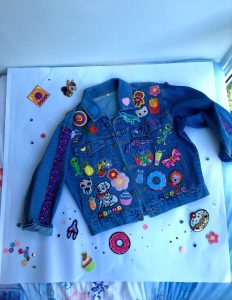


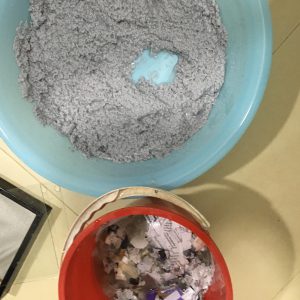
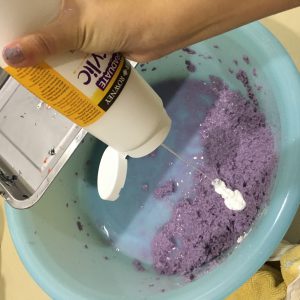
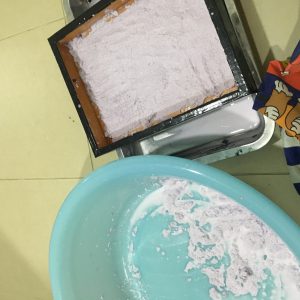






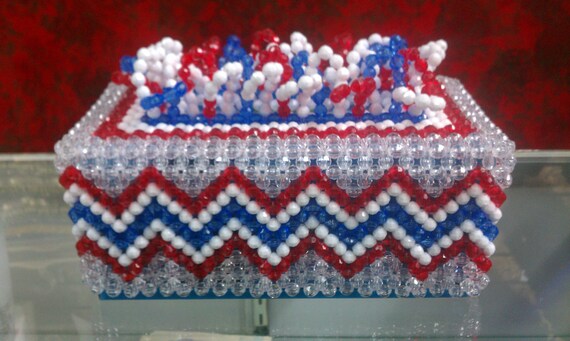

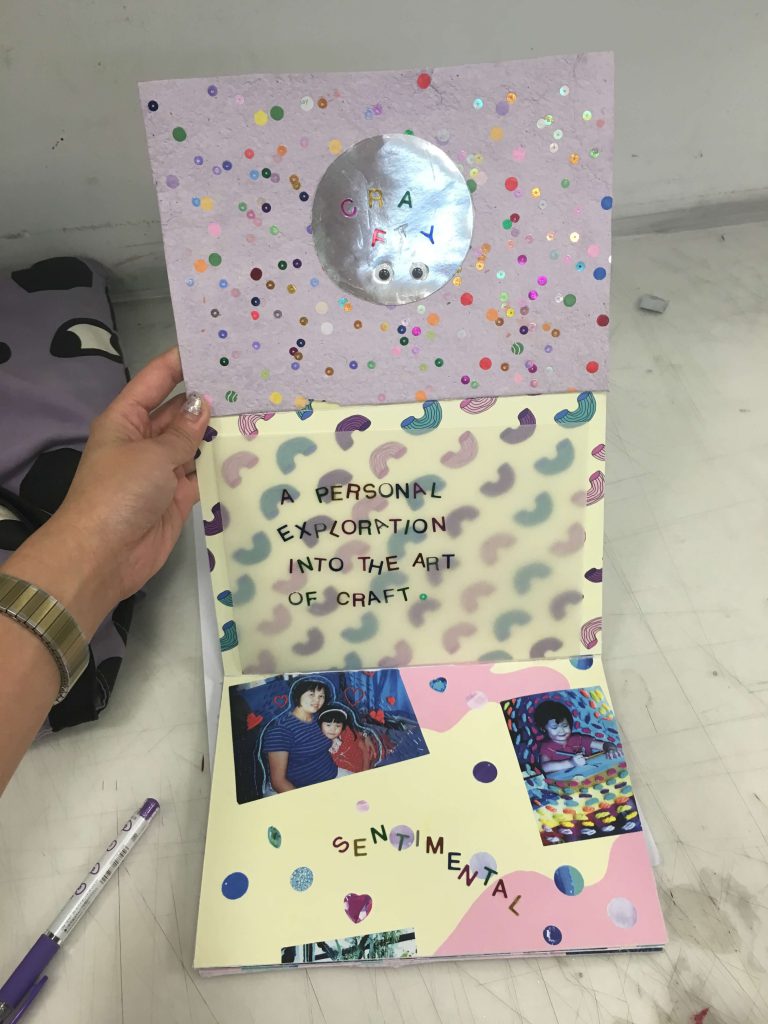

You must be logged in to post a comment.